Carbon fiber composite materials are increasingly used in various fields
January 07, 2024
Carbon fiber is a high-strength, ultra-lightweight inorganic polymer fiber material with a carbon content of more than 95%. It is stronger than steel and lighter than aluminum. It not only retains the inherent characteristics of carbon materials, but also has the soft processability of fiber materials. It is a material that is "soft on the outside and rigid on the inside". Today, we find new uses for carbon fiber almost every day. These tiny filaments, which currently come in a variety of functional shapes, are only one-tenth the thickness of a human hair. The fibers are processed into fabrics that can be used in subsequent molding processes and formed into tubes and sheets for construction, or as regular threads for filament winding. At first, carbon fiber was mainly used in military industry and aerospace. After continuous development, its application fields are expanding to industrial fields and ordinary civilian fields. With the rapid development of science and technology, carbon fiber is also used in the repair, renewal and reinforcement of infrastructure, the development of new energy and the production of propellers and blades for wind turbines; the manufacturing of automobile braking systems, rotating shafts, car bodies, etc.; applications in the electronic field mainly include High-precision antennas for communications, broadcasting, earth observation, space exploration, and various aircraft. In terms of cultural and sports products, carbon fiber materials have been promoted from fishing rods and golf clubs to tennis rackets, badminton rackets, ice and snow sports equipment, water sports equipment, etc. Among them, golf clubs, tennis rackets and fishing rods are carbon fiber composite materials for sporting goods. The three pillar products account for about 80% of this type of products. 01 Advantages of carbon fiber composites Composite materials are slowly replacing traditional materials. Common composite materials are good substitutes for traditional materials such as metal and wood in various fields. 1. Composite materials have high specific strength CFRP materials offer optimal strength-to-weight ratio, corrosion resistance, stiffness and durability. Due to its low density and tensile strength, carbon fiber is an excellent alternative to heavy metals like steel because it is lightweight. The inherent corrosion resistance of thermoset resins allows CFRP products to have a longer product life than standard metal materials because they will not rust or corrode. The high specific strength of composite materials is its greatest advantage. Although carbon fiber is stronger and stiffer than these two materials per unit weight, it weighs approximately 25% of steel and 70% of aluminum. Multilayer composite laminates absorb more energy than traditional single layers of steel, allowing high-end automotive engineers to reduce vehicle weight by 60% while improving crash safety. 2. Composite materials provide possibilities for new designs Composit...
Read More




 English
English français
français Deutsch
Deutsch italiano
italiano español
español Email Us : sales@tourdecycling.com
Email Us : sales@tourdecycling.com

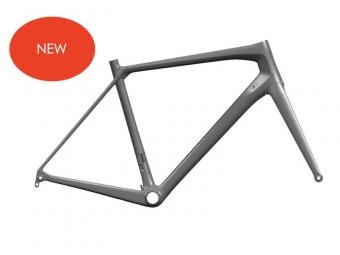
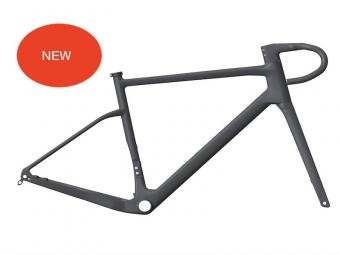
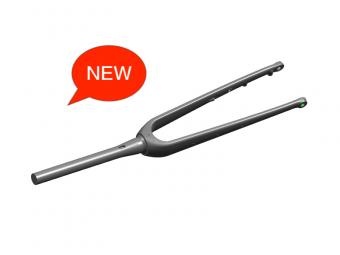
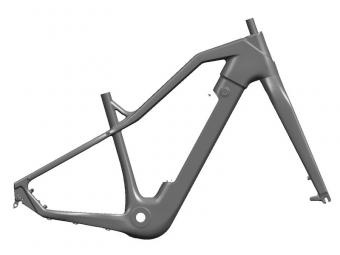
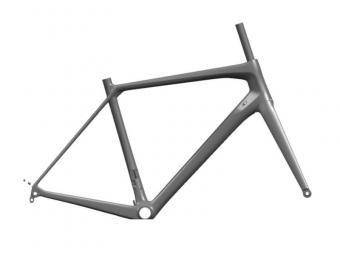





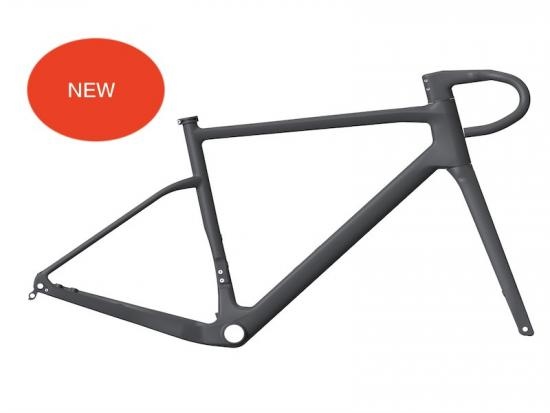
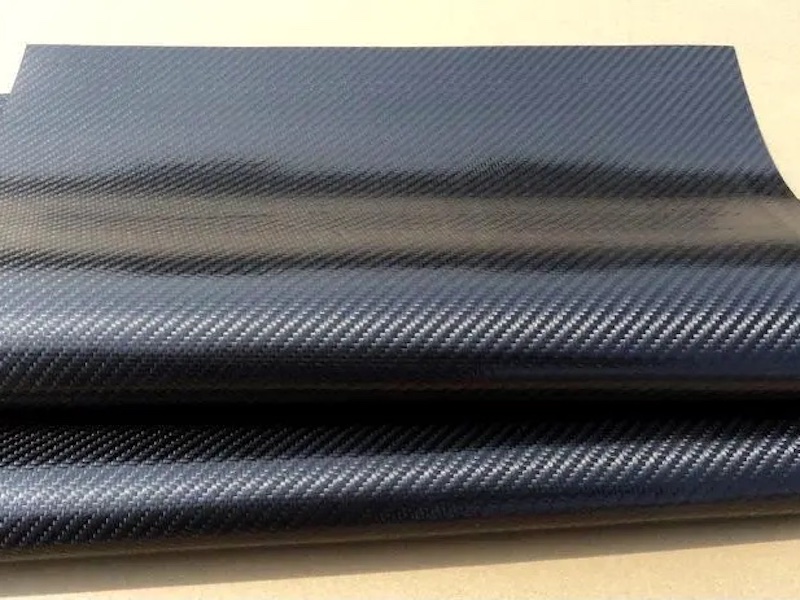







 IPv6 network supported
IPv6 network supported